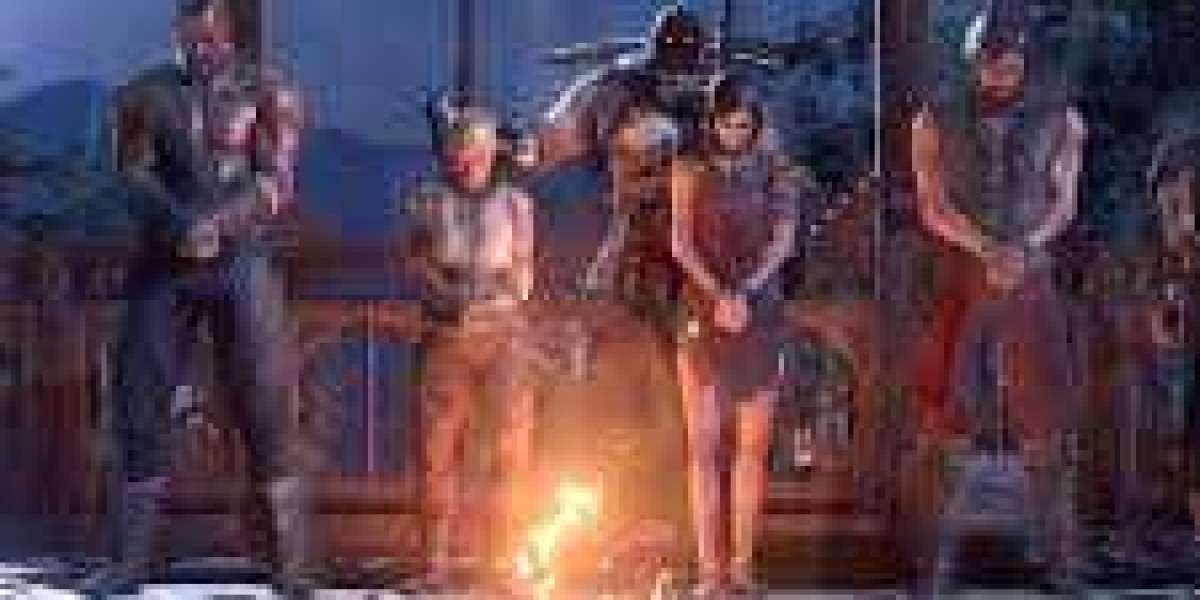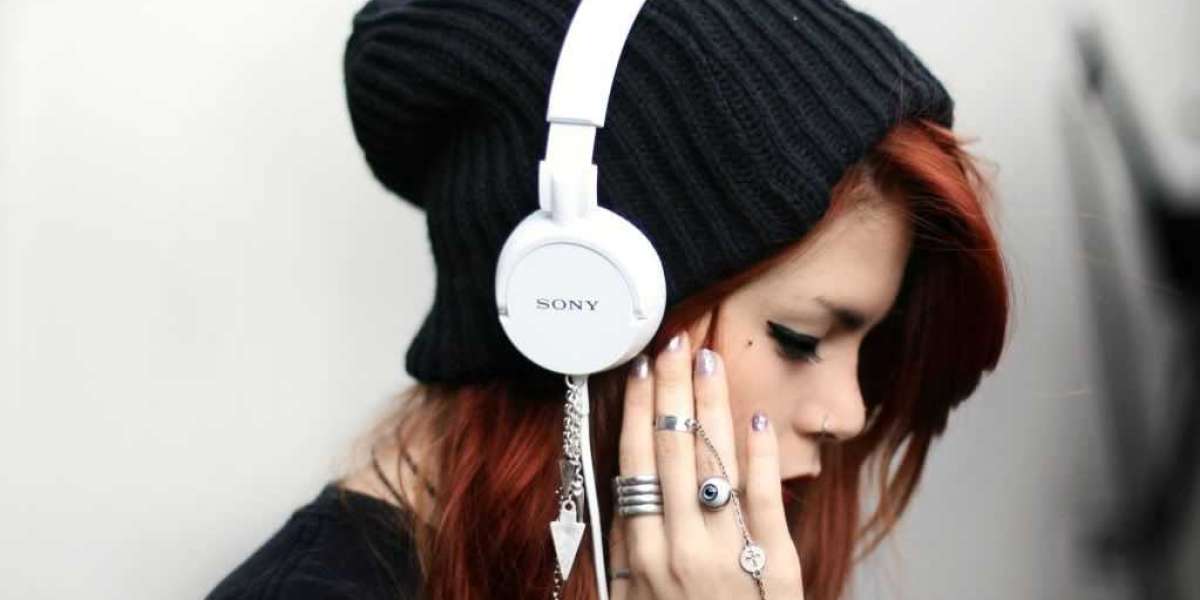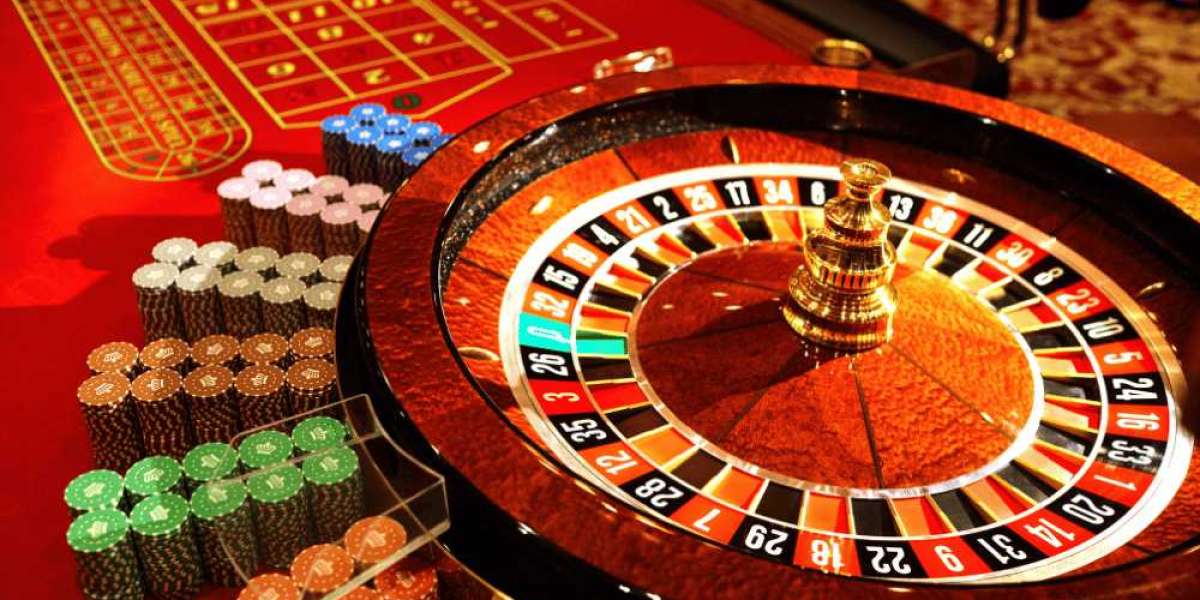In modern visual storytelling—whether in theatre, concerts, or immersive art—light is no longer just illumination. It can function as a character, an emotional presence, or even a narrative guide. Moving head lights make this transformation possible by bringing dynamism, emotion, and intention to the stage.
The Concept of Light as a Character
Traditionally, characters are defined by personality, behavior, and impact on story. When light:
Interacts with performers
Changes mood or tempo
Evokes specific emotional responses
Enters or exits “scenes”
…it behaves as an active presence, not a passive one.
Examples in Practice
1. Theatre
In productions like Les Misérables or Phantom of the Opera, light interacts with performers—moving in sync with characters, “watching” them, or isolating them in moments of emotional climax.
2. Dance and Opera
Lights follow dancers with intention, “react” to music, or fill in as a dance partner. They become part of the choreographed narrative.
3. Concerts and Tours
Artists like Beyoncé, The Weeknd, or Pink use lights to personify inner emotions, build tension, or “speak” to the audience.
How Moving Head Lights Enable This
Precision control: Pan/tilt, color, dim, and gobo options offer expressive capabilities.
Dynamic focus: They can spotlight, isolate, or swarm like a crowd.
Motion as emotion: Smooth glides suggest elegance; fast flicks show chaos or anxiety.
Techniques to Create “Character” Lighting
| Technique | Purpose |
|---|---|
| Follow Spot Mimicry | Lights act like attentive “eyes” tracking a character |
| Cue Interplay | Lights enter/exit scenes like performers |
| Personality Matching | Color/motion sync with character emotion or arc |
| Conflict Simulation | Two beams “duel” or chase in narrative tension |
Programming Tips
Give each beam a consistent behavioral “style”
Avoid overuse—make character lights distinct from effect lights
Use timing and repetition to build identity
Conclusion
Moving head lights allow designers to turn light into presence. When light behaves like a character—reactive, intentional, emotional—it deepens audience immersion and expands the language of performance storytelling.
Read More Here:- https://yoo.social/read-blog/111831








